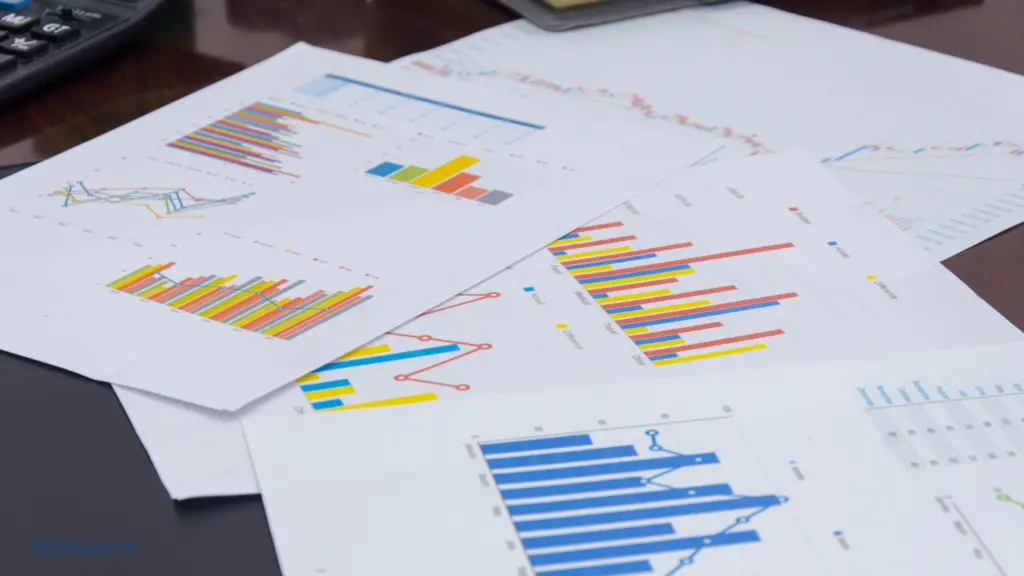
Recent times and age have seen considerable stretches in terms of financial innovation because of which there have been numerous changes in the financial market.
As a matter of fact, these financial innovations have inevitably resulted in organizations being able to carry out their business activities with relative ease.
It is also important to ensure that businesses are able to execute their operations without facing a liquidity crunch.
Commercial Papers, for one, have been a product that has proved to be a really good resource for business.
This is primarily because the facility offers the users to ensure that they are able to meet their operational expenses from external sources of financing.
Definition
Commercial Paper is a financial instrument that is a commonly used form of unsecured debt. It can alternatively be referred to as a short-term debt that is issued by a corporation.
Furthermore, commercial papers are often used for financing business expenses including payroll, accounts payable, inventory payments, or other various short-term liabilities. Commercial Papers are usually not backed with any form of collateral.
Speaking of maturities of Commercial Papers, it can be seen that they can vary in maturity from a few weeks to months.
It is mostly issued at a discounted rate from face value, and therefore, reflects the prevailing market interest rates. Commercial Papers can be referred to as an unsecured form of the promissory note.
It pays a fixed interest rate. Mostly, Commercial Papers are typically issued by large banks in order to cover their operational expenses.
These expenses can range from covering short-term receivables, as well as meeting financial obligations. In addition to operational expenses, commercial paper can also be used to fund new projects.
Features of Commercial Paper
The issuer of Commercial Paper generally assumes that issuing entity assumes that they can manage to pay back the amount borrowed (both the principal and the interest), by the maturity date.
Regardless of the fact that it is only often used as a means for long-term financing, it is considered to be a really good option for short-term financing.
The reason why Commercial Papers are not used for long-term financing is the fact that there are other financial instruments and options that are considered viable in this regard.
The reason why Commercial Paper can be defined as a viable source of financing is because of the fact that it facilitates people by avoiding the expenses associated with the application for business loans.
Also, Commercial Papers are not supposed to be registered because they are openly traded in the money market.
Hence, in terms of paperwork, it offers much-needed flexibility because of the lesser red tape involved.
Commercial Papers are mostly offered at a discount, with maturities that can vary from one day to nine months (or 270 days). However, the general maturity rate is considered to be 6 months.
Given the fact that commercial papers are not backed by any form of collateral, it can be seen that only companies that have above-par credit ratings can conveniently find buyers for the commercial papers, without the need to offer a significant cost of the debt.
Given the fact that commercial papers can only be issued by larger companies, it can be seen that it is mostly offered in larger denominations.
Speaking of the buyer side of commercial papers, most other institutions, and money market funds are mostly parties interested in purchasing commercial papers.
Types of Commercial Papers
There are four main types of commercial paper. They can be referred to as promissory notes, drafts, checks, or commercial deposits.
As far as promissory notes are concerned, they can be defined as a document that the holder of the note will be paid.
On the other hand, the draft is a paper that allows the drawer to pay the drawee. The check is similar to a draft, except for the fact that it can be drawn directly from a bank.
Lastly, CDs (Certificates of Deposits) can be seen as an acknowledgment by the bank that they have received a specific sum of money from the depositing party at a given time.
Conclusion
Therefore, it can be seen that Commercial Papers can be termed as a commonly used financial instrument in the money market.
It is considered a top-notch choice for short-term financing because of the fact that it offers much-needed flexibility to the users. It can be swapped and does not require having collateral, which is an added advantage for the company.
